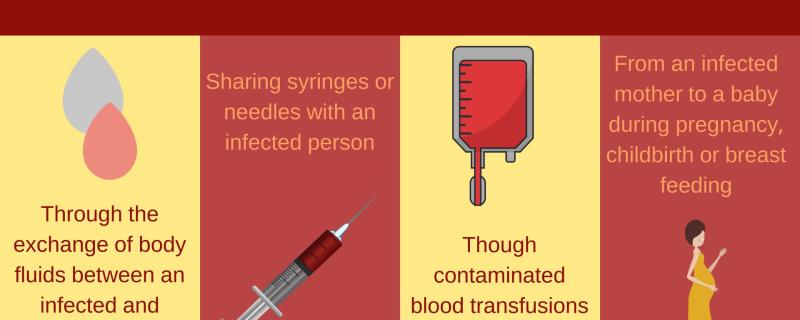The first of December every year is observed as world AIDS day. It is observed as an effort to unite people world wide in the fight against HIV. The theme for the year 2017 is 'Lets End It', aiming to end the stigma associated with the disease.
Image: Dolomedes indicus, Adult Female (left) and adult male (right). Credit: Authors https://doi.org/10.1038/s41598-025-26308-2
Wayanad/



